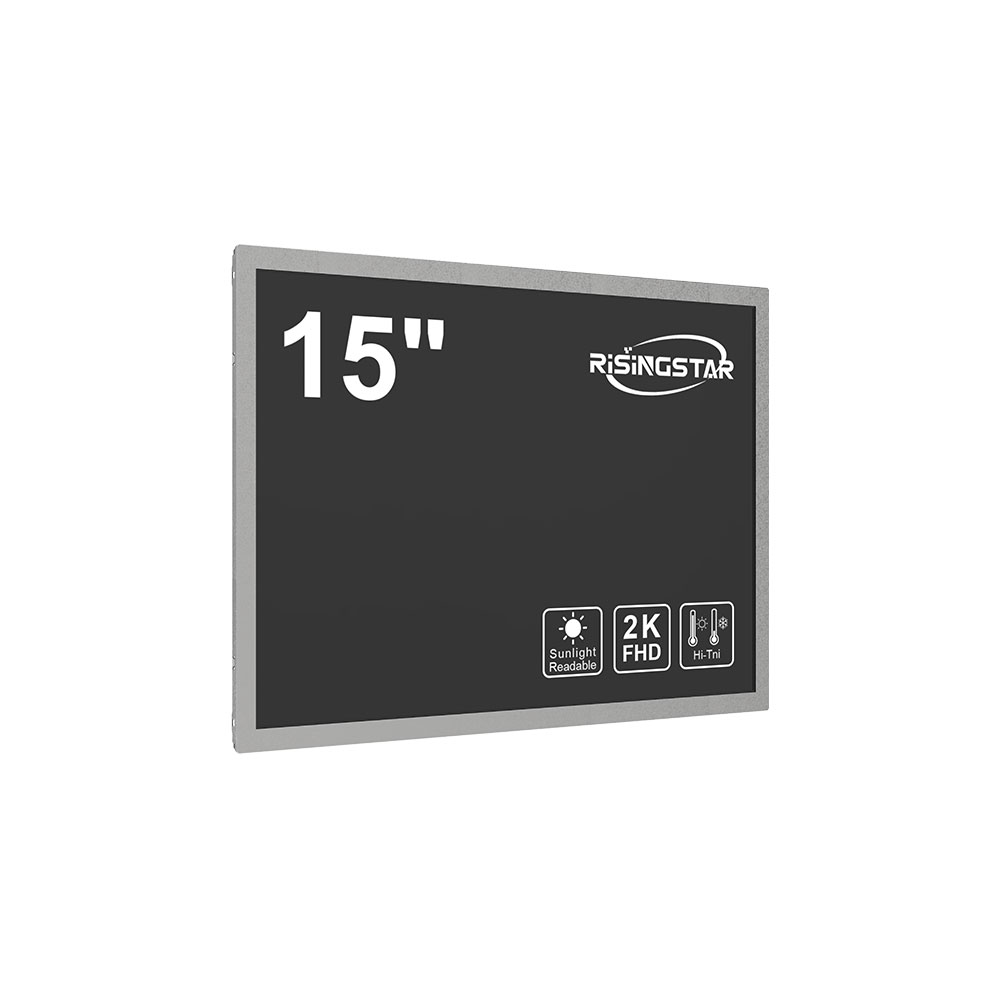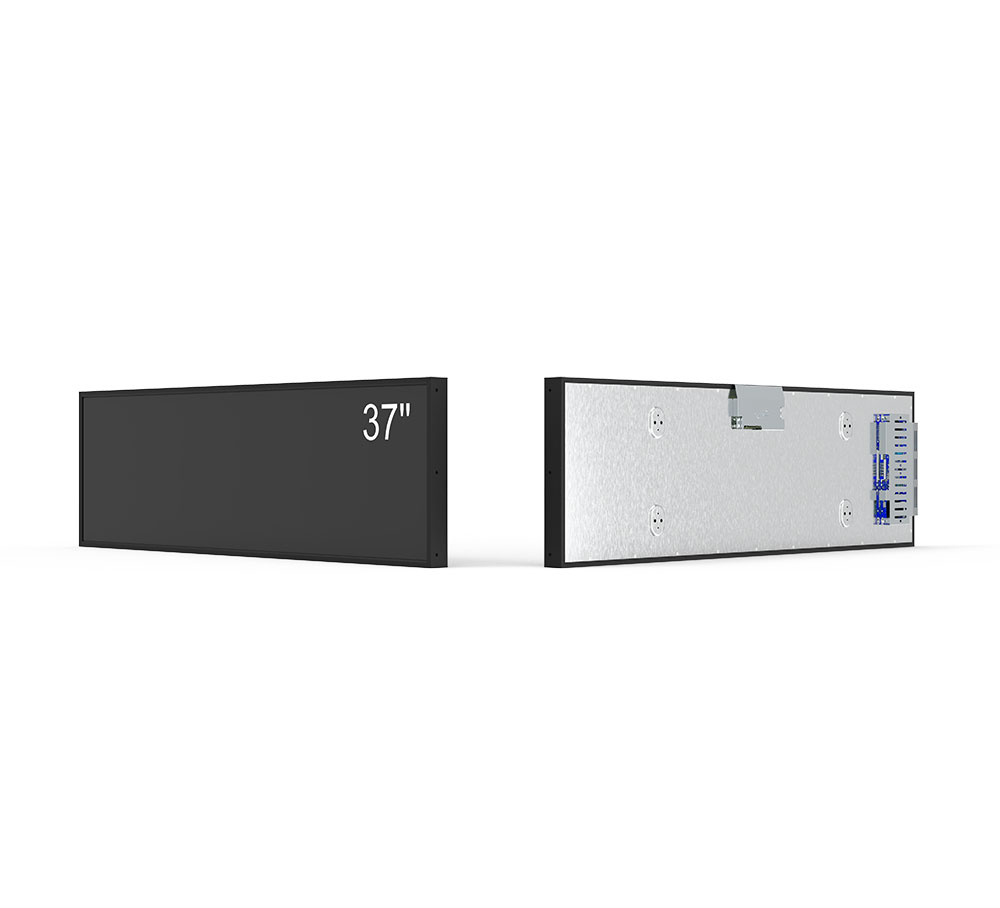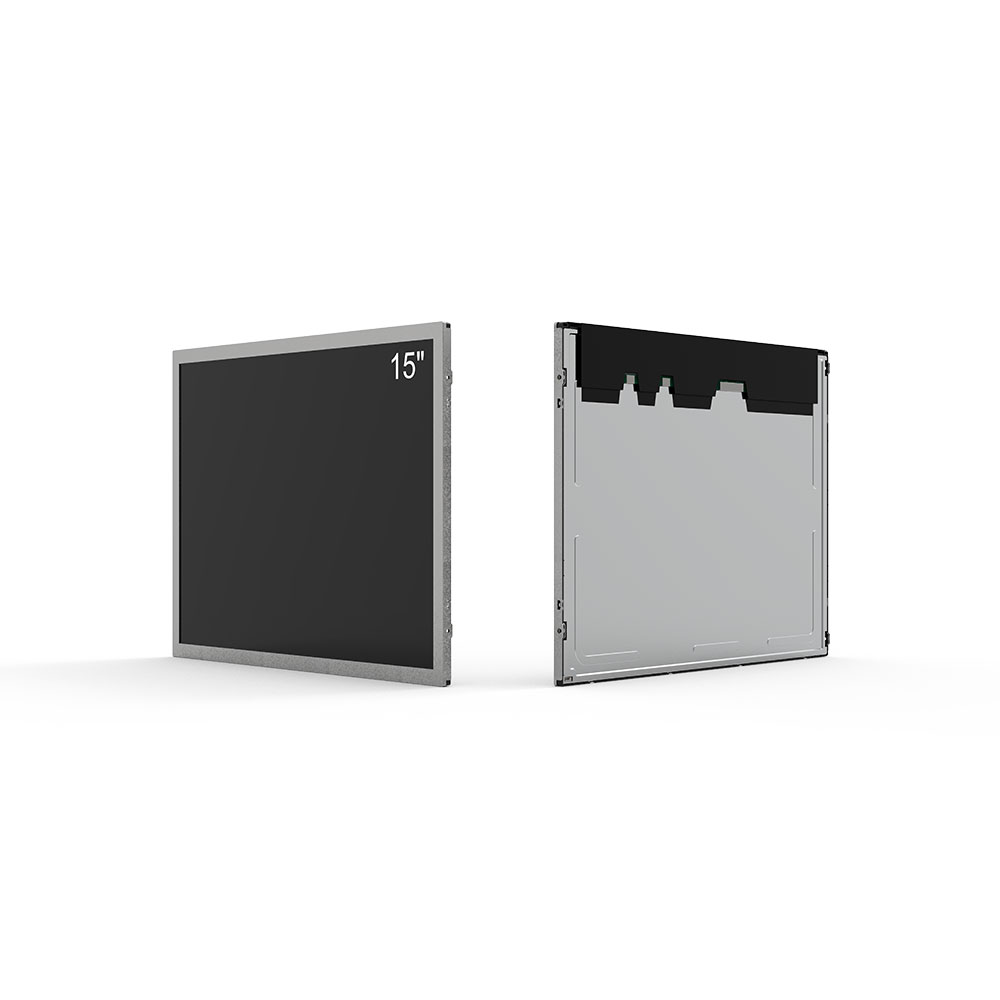- Home
- About Us
- Products
- News
- Video
- Contact
- Send Inquiry
Search
- Home
- About Us
- Products
- News
- Video
- Contact
- Send Inquiry

In the design and manufacturing of high-brightness sunlight-readable LCD displays—commonly used in outdoor industrial, military, transportation, and medical applications—the IP66 waterproof rating is a critical performance standard. IP66, defined by the International Electrotechnical Commission (IEC) under IEC 60529, signifies complete protection against dust ingress (6) and powerful water jets from any direction (6). This level of protection ensures that devices can operate reliably in harsh environments such as construction sites, maritime operations, or extreme weather conditions without failure due to moisture or particulate contamination.
Achieving an IP66 rating requires a multi-layered engineering approach. First, the LCD panel itself must be sealed using silicone gaskets, potting compounds, or conformal coatings to prevent moisture from penetrating internal circuitry. Second, the housing or enclosure must be designed with tight-fitting joints, O-rings, and screwless sealing mechanisms that meet mechanical and environmental stress standards such as MIL-STD-810G for vibration and shock resistance. Third, all connectors—including power, data, and GPIO ports—must be equipped with IP66-rated housings or use sealed connectors like M12 or circular connectors with rubber boot seals.

Real-world case studies confirm the importance of this specification. For example, a leading manufacturer of ruggedized LCDs for public transit systems implemented IP66 certification across its entire product line after a series of field failures caused by rainwater infiltration in unsealed display units. After redesigning the front bezel with double-seal gasket technology and integrating conformal coating on the PCBs, the company reduced field failure rates by over 92% within one year. Similarly, defense-grade displays deployed in desert warfare zones have demonstrated sustained operation under sandstorms and sudden downpours when properly sealed to IP66 standards.
The backlight unit (BLU) also plays a key role in achieving IP66 compliance. Backlights must be encapsulated using optically clear epoxy or UV-curable resins to prevent condensation and moisture damage while maintaining brightness output. According to a 2023 study published in IEEE Transactions on Components, Packaging and Manufacturing Technology, IP66-rated LCD modules with sealed LED backlights maintained 98% of initial luminance even after 1,000 hours of exposure to humidity cycles (85% RH at 40°C).
Furthermore, testing protocols are essential to verify IP66 compliance. Devices must undergo standardized tests including dust chamber exposure (IEC 60529, Method 1), water jet spray (IEC 60529, Method 3), and salt fog resistance (ISO 9227). These tests ensure that the display remains functional and visually clear under real-world stress conditions. Leading manufacturers like Sharp, LG Display, and Innolux now include IP66 ratings as a baseline requirement for outdoor-grade LCDs in their technical datasheets, reflecting industry-wide adoption of these standards.

Ultimately, IP66 waterproofing is not just a feature—it’s a system-level integration challenge requiring collaboration between materials science, mechanical design, and electrical engineering. As global demand grows for reliable, sunlight-readable displays in smart cities, autonomous vehicles, and off-grid IoT solutions, meeting IP66 certification becomes a competitive differentiator for OEMs seeking long-term field reliability and brand trust.
